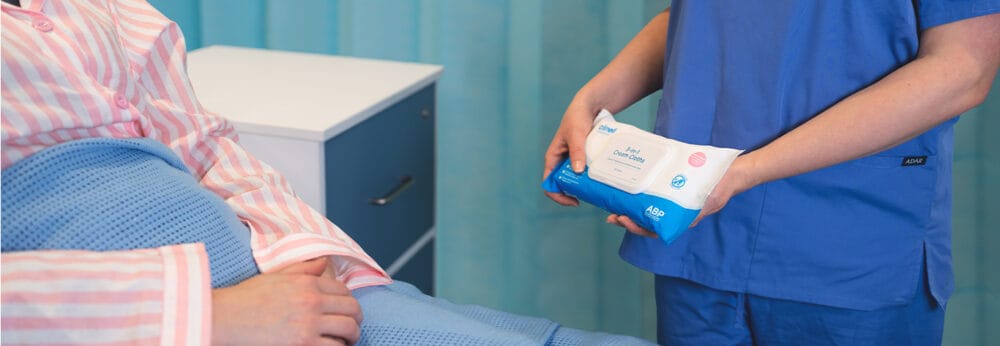Posted
20th July 2018
Research

We have discovered only in recent years that dry surface biofilms are commonplace on hard surfaces in hospital. A recent Australian study illustrates clearly (and alarmingly!) that bacteria can be transferred from dry surface biofilms to the hands of healthcare workers – and so probably have an important role in transmission.
This simple lab study evaluated the amount of Staphylococcus aureus that were transferred from dry surface biofilms grown on glass and plastic coupons. Volunteers pinched the coupons on which the dry surface biofilms were grown, and then touched agar plates. In order to test the possibility of sequential transfer from hands, the volunteers touched a series of 19 agar plates (without touching the coupons again).
Around 5% of the S. aureus on the coupons was transferred to volunteers hands, and 1% to the agar plates via contaminated volunteers hands. While this doesnt sound like much, when you start with a couple of million bacteria, even 1% is a significant amount of bacterial transfer (around 20,000 or 105 cells)! Worryingly, bacteria were transferred to agar plates for up to 19 sequential transfers.
The study also modelled whether detergent cleaning of the biofilms would help to mitigate the transfer of bacteria. However, in the case of the plastic coupons, wetting them with detergent actually made things worse, increasing the rate of bacterial transfer to the agar plates from 1% to 5%! Perhaps this is because the physical action of cleaning the coupons mobilised bacteria in the biofilms?
We have suspected since their discovery that dry surface biofilms in the hospital environment present a reservoir for the transmission of microbes that cause hospital infections. Although performed in a laboratory setting, this study provides compelling evidence that dry surface biofilms on hospital surfaces present a clinical risk.
SHARE THIS ARTICLE
Tags
Latest News
Advancing Continence Care with Clinell Contiplan: Expanded Indications, Pathways and Proven Outcomes
This World Continence Week, Clinell Contiplan 3-in-1 Cream Cloths introduce…
Celebrating 20 Years of GAMA Healthcare: Our Story
This month, GAMA Healthcare celebrates 20 years of helping prevent…
Norovirus and gastroenteritis outbreaks, the party ‘pooper’ you don’t want invited!
Recently, on 11 October 2024, NSW Health issued a health…
Clean Between to Reduce Healthcare-Associated Infections
Healthcare-associated infections (HAIs) are a significant concern for healthcare facilities…



